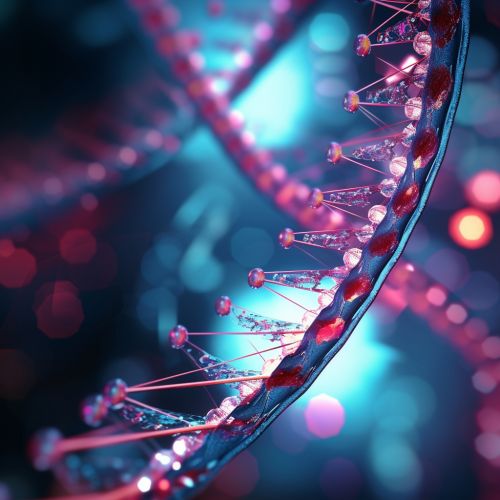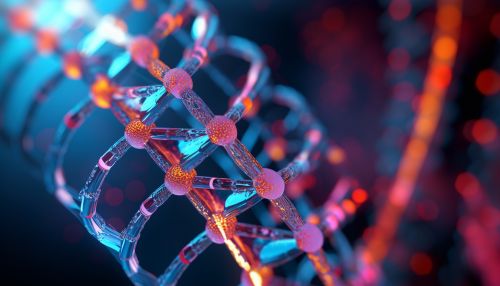Alternative Splicing
Introduction
Alternative splicing is a regulated process during gene expression that results in a single gene coding for multiple proteins. In this process, particular exons of a gene may be included within or excluded from the final, processed messenger RNA (mRNA) produced from that gene. Consequently, the proteins translated from alternatively spliced mRNAs will contain differences in their amino acid sequence and, often, in their biological functions.
Mechanism
Alternative splicing occurs after the DNA is transcribed into a pre-mRNA molecule. A pre-mRNA molecule is a precursor molecule to the final mRNA molecule that guides protein synthesis. The pre-mRNA molecule contains both introns, which are not needed for protein synthesis, and exons, which are needed for protein synthesis. In order to make the final mRNA molecule, the pre-mRNA must undergo RNA splicing to remove the introns. Alternative splicing is when the pre-mRNA is spliced in more than one way to yield different mRNAs.


Types of Alternative Splicing
There are five basic types of alternative splicing that are currently recognized:
- Exon skipping: In this most common type of alternative splicing, an exon may be included in mRNAs under some conditions or in particular tissues, and omitted from the mRNA in others.
- Intron retention: The intron is retained in the mRNA, resulting in a longer mRNA molecule. This is less common, as introns usually contain stop codons that would prevent the production of a functional protein.
- Mutually exclusive exons: One of two exons is retained in mRNAs after splicing, but not both.
- Alternative donor site: An alternative 5' splice junction (donor site) is used, changing the 3' boundary of the upstream exon.
- Alternative acceptor site: An alternative 3' splice junction (acceptor site) is used, changing the 5' boundary of the downstream exon.
Regulation
The regulation of alternative splicing involves a complex network of trans-acting proteins that bind to cis-acting sites on the primary transcript itself. These proteins include the spliceosome, which is composed of small nuclear ribonucleoproteins (snRNPs) and numerous additional proteins. The spliceosome recognizes the exon and intron boundaries and catalyzes the removal of the intron and ligation of the flanking exons.
Role in Disease and Medicine
Alternative splicing plays a key role in the expression of genes in eukaryotic cells, which allows for a significantly greater diversity of protein products than would be possible from the number of genes alone. However, aberrations in the splicing process can lead to the development of disease, including various forms of cancer. Understanding the mechanisms of alternative splicing can therefore lead to the development of new therapeutic strategies.
